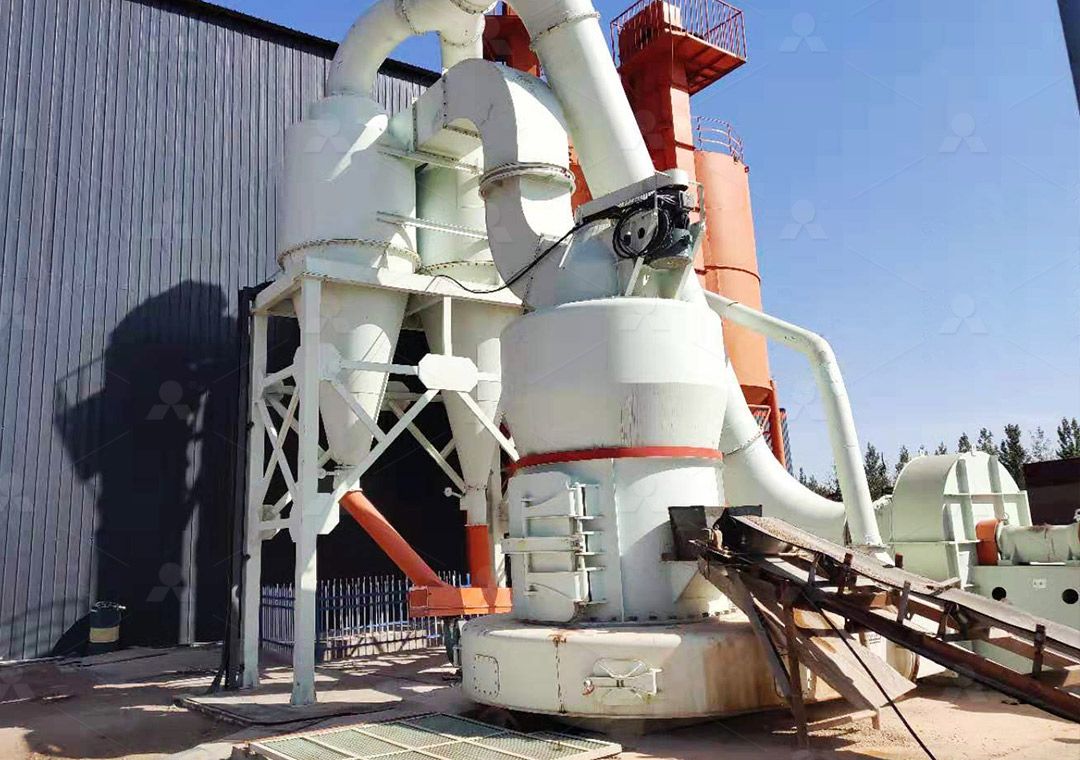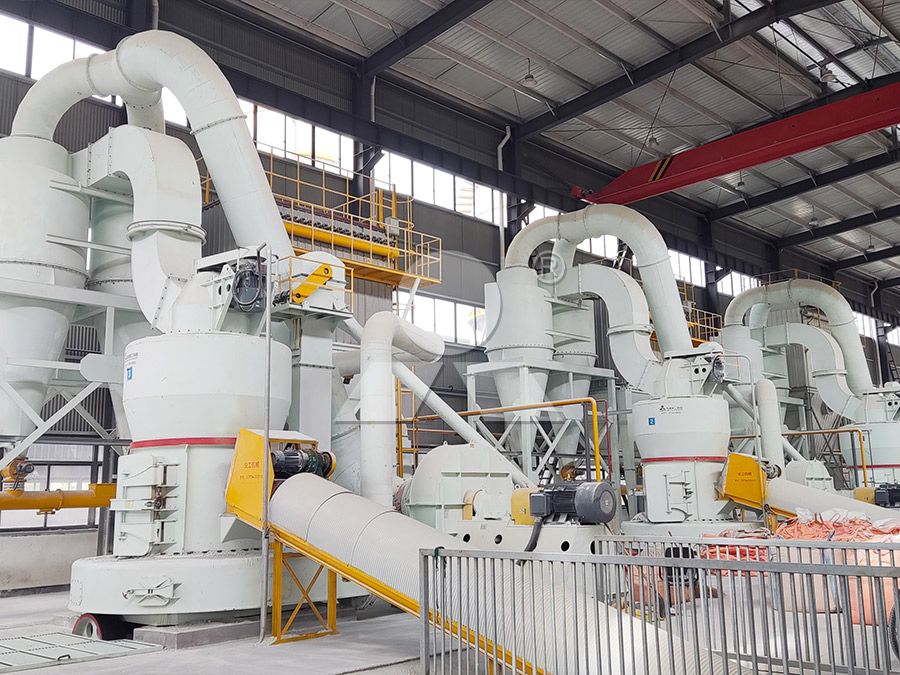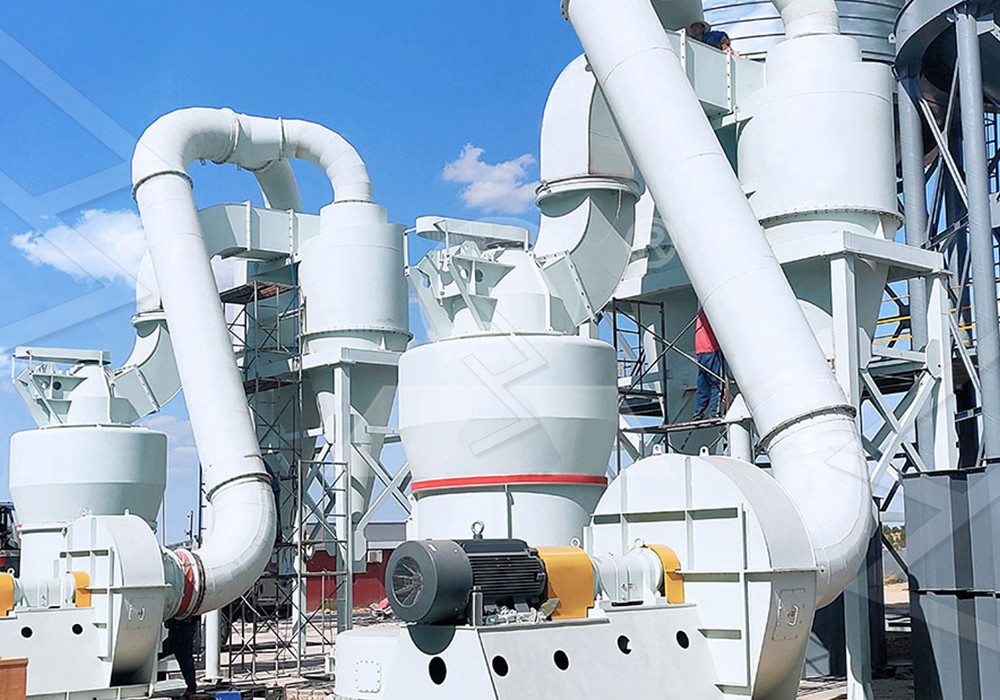Raymond Mill Design Calculations for Optimal Performance
Raymond Mill Design Calculations for Optimal Performance
Proper design calculations form the backbone of any efficient grinding operation. When specifying a Raymond mill for industrial applications, engineers must consider multiple factors to ensure optimal performance, energy efficiency, and product quality. The fundamental calculations begin with material characteristics and production requirements.

Material hardness, moisture content, and feed size directly impact grinding efficiency. Softer materials like talc and limestone require different grinding forces compared to harder substances like barite or quartz. The input size specification of <25mm for standard Raymond mills provides a baseline for crusher selection upstream. Throughput calculations must account for both the desired final product fineness and the specific gravity of the raw material.
Critical Design Parameters
The grinding force calculation balances roller pressure against material bed compressibility. Excessive pressure generates unnecessary heat and wear, while insufficient pressure reduces grinding efficiency. The centrifugal force generated by the rotating grinding ring must create adequate material compression between the rollers and grinding ring. For our MW Ultrafine Grinding Mill, the newly designed grinding curves of the grinding roller and grinding ring significantly enhance grinding efficiency, achieving 40% higher production capacity than jet grinding mills with the same power consumption.
Airflow calculations determine both drying capacity and classification efficiency. The circulating air load must sufficient to transport ground particles to the separator while allowing oversize material to return for regrinding. Proper ventilation prevents material buildup and reduces system resistance. The MW Ultrafine Grinding Mill’s cage-type powder selector, adopting German technologies, effectively increases powder separation precision while maintaining stable system airflow.

Energy Efficiency Considerations
Power consumption calculations must account for both grinding mechanics and auxiliary systems. The main motor drives the grinding mechanism, while separate motors power the classifier, feeder, and exhaust fan. Our engineering analysis shows that optimized Raymond mill designs can reduce specific energy consumption by 30-40% compared to traditional ball mills. The MW Ultrafine Grinding Mill demonstrates this efficiency, with system energy consumption only 30% of comparable jet grinding mills.
Wear part longevity calculations consider material abrasiveness and operating hours. Hardfaced grinding rolls and rings typically last 1,000-2,000 hours depending on application. The unique design of the MW Ultrafine Grinding Mill eliminates rolling bearings and screws in the grinding chamber, preventing damage to bearing or sealing parts and avoiding machine damage from loose screws. The external lubrication device enables lubrication without shutdown, supporting continuous 24-hour production.
Environmental and Control Systems
Dust collection calculations determine appropriate baghouse sizing based on air volume and dust loading. Properly designed systems maintain negative pressure throughout the grinding circuit to prevent dust emission. The MW Ultrafine Grinding Mill integrates an efficient pulse dust collector that eliminates dust pollution during operation. Combined with silencer and noise elimination rooms, the entire system operates within national environmental protection standards.
For operations requiring ultra-fine powder between 325-2500 meshes with capacities from 0.5-25 tph, the MW Ultrafine Grinding Mill represents an optimal solution. Its multi-head cage-type powder selector can be configured according to specific requirements for yield, fineness, and sieving rate, achieving d97≤5μm in a single pass. The digitalized processing with numerical control machining ensures high precision for all core components.

Frequently Asked Questions
What is the relationship between feed size and grinding efficiency?
Smaller feed sizes generally improve grinding efficiency by reducing the work required for size reduction. For Raymond mills, maintaining feed size below 25mm ensures optimal performance and prevents excessive wear on grinding components.
How does material moisture content affect mill operation?
Excessive moisture can cause material buildup and reduce classification efficiency. Proper system design includes adequate drying capacity through heated air supply when processing materials with significant moisture content.
What maintenance considerations are most critical for Raymond mills?
Regular inspection of grinding elements, proper lubrication, and monitoring of classifier wear are essential. The MW Ultrafine Grinding Mill’s design without rolling bearings in the grinding chamber significantly reduces maintenance requirements and associated downtime.
How does fineness requirement impact production capacity?
Higher fineness requirements typically reduce throughput as material residence time increases. The adjustable fineness of the MW Ultrafine Grinding Mill between 325-2500 meshes allows operators to optimize the balance between product quality and production rate.
